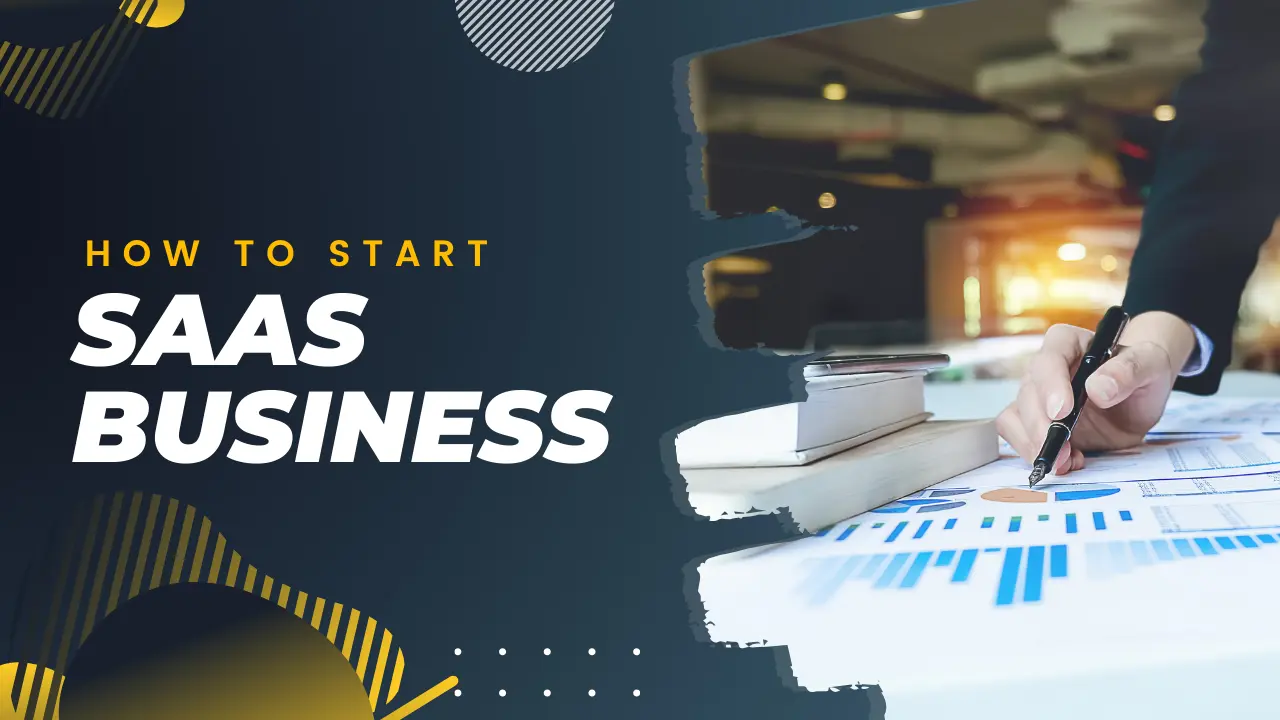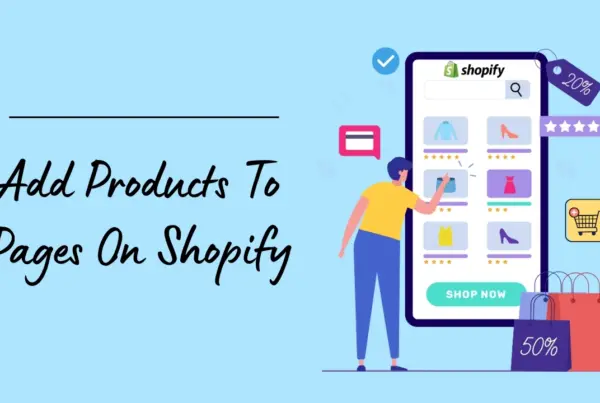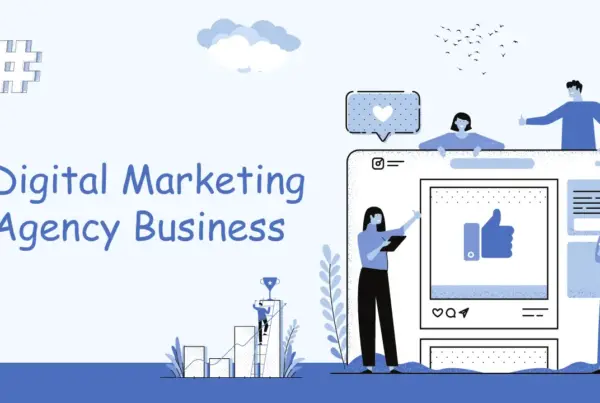In today’s digital age, while technological advancements are rampant, the competition to start a SaaS business is also booming and thriving. This business mainly allows users to maintain software applications on a subscription basis via the Internet, reducing the necessity for local installation and maintenance.
However, establishing a flourishing SaaS business demands mindful planning, strategic execution, and a deep market understanding.
Table of Contents
Overview of SaaS Business
SaaS businesses provide a comprehensive spectrum of software solutions, including project management, collaboration tools, accounting software, customer relationship management (CRM), and more.
Users access SaaS applications through web browsers or mobile apps, enjoying the facilities of accessibility, scalability, and automated updates from any location with an internet connection.
SaaS companies commonly run on a subscription-based revenue model, offering monthly or annual subscription schemes with variable features and cost levels.
Global Revenue Statistics
The growing use of cloud computing and the ongoing digital transformation of many industries have spurred significant growth in the SaaS sector in recent years.
According to Statista, the global SaaS revenue market is estimated to reach $282.20 billion in 2024. It is projected to depict a significant growth of $374.50 billion by 2028 at a CAGR of 7.33%.
Another statistic from Statista shows that the United States (USA) will generate the highest revenue of $150,700.00m in 2024 as the largest market for SaaS globally.
However, regions like Latin America, Asia-Pacific, and Europe are experiencing rapid SaaS adoption growth.
When it comes to market segmentation, enterprise software as a service (SaaS) solutions rule the industry. These solutions serve major businesses’ demands for software solutions, including supply chain management (SCM), human resources management (HRM), and enterprise resource planning (ERP).
Small and medium-sized businesses (SMBs) are also driving growth in the SaaS market, seeking affordable and scalable software solutions to streamline operations and improve productivity.
Key Trends Driving Growth
The shift towards remote work and digital collaboration has accelerated the demand for SaaS solutions that enable teams to work efficiently from anywhere.
- Increasing emphasis on data security and compliance regulations has led to greater adoption of SaaS applications.
- Provides robust security features and compliance certification.
- The capabilities of SaaS applications are growing due to their integration with machine learning (ML) and artificial intelligence (AI) technology.
- Enables predictive analytics, personalized recommendations, and automation of repetitive tasks.
- Vertical SaaS solutions tailored for specific industries such as healthcare, education, finance, and retail are gaining traction.
- Organizations seek specialized software solutions to address industry-specific challenges.
The SaaS industry continues to thrive, driven by innovation, scalability, and the growing demand for cloud-based software solutions across various sectors worldwide.
Types of SaaS Business Models
SaaS (Software as a Service) has converted business functioning, offering cloud-based solutions custom-fit to diverse necessities. Here’s a concise look at different types of SaaS companies with examples:
Project Management SaaS: Asana, Trello, Monday.com – Streamline project planning and collaboration.
CRM SaaS: Salesforce, HubSpot, Zoho CRM – Centralized customer data for improved relationships and sales.
HRM SaaS: BambooHR, ADP Workforce Now, Gusto – Simplify HR tasks from recruitment to payroll.
Accounting and Finance SaaS: QuickBooks Online, FreshBooks, Xero – Manage finances efficiently with invoicing and expense tracking.
Communication and Collaboration SaaS: Zoom, Microsoft Teams, Slack – Strengthen team interconnection and productivity.
E-commerce SaaS: Shopify, WooCommerce, BigCommerce – Build and manage online stores seamlessly.
Marketing Automation SaaS: Marketo, Mailchimp, HubSpot Marketing Hub – Automate marketing tasks for lead generation and engagement.
Content Management SaaS: WordPress, Drupal, Wix – Create, conduct, and publish digital content easily.
In the digital age, SaaS providers provide a range of solutions to drive growth and streamline business procedures. From project management to content creation, there’s a SaaS platform to meet every business need.
Who Can Take Advantages From SaaS?
SaaS is substantially beneficial for startups and tiny industries that need more assets, time, or know-how to host or amplify their distinctive applications on-site. In addition, SaaS technology enables larger companies to use it for short-term tasks or applications that are not needed throughout the year.
Applications or short-term initiatives that aren’t required year-round can benefit from SaaS. It can also help businesses become more efficient and save money on IT.
SaaS apps are enjoyed by a diversity of business users, IT specialists, and individual users. It is common practice to offer SaaS products to both B2B and B2C customers.
NOTE: If you want to know how SaaS products are built, read our blog “How To Build A SaaS Product.”
To summarize, software as a service is a business model where software and applications are provided on a pay-as-you-go basis by a third party. A wide spectrum of users, including IT specialists, commercial users, personal users, startups and small enterprises, and larger companies, can profit from SaaS.
How To Start a SaaS (Software as a Service) Business
In this extensive, decorated explanation, you will comfortably know the integral steps to kickstart your journey into the world of SaaS entrepreneurship.
Step 1: Identify a Profitable Niche
The first crucial step in starting a SaaS business is identifying a profitable niche from the best micro SaaS ideas. To determine the gaps in current solutions and pain points, conduct extensive market research. And pay close attention to places where market demand and your area of expertise and passion meet.
Besides, it is very important to give insight into certain things while choosing your specific niche. These things include, for example, target audience, competition, and scalability.
Step 2: Define Your UVP (Unique Value Proposition)
After successfully identifying your niche, it is a suitable opportunity to describe your UVP (Unique Value Proposition). And when defining your UVP, you must remember that your UVP must communicate clearly the benefits of your SaaS solution and differentiate it from competitors.
Therefore, be specific when addressing or focusing on the pivotal hindrance aspects for your target audience. Also, it would be best if you highlight the unparalleled features or benefits of your goods.
Step 3: Develop a Minimum Viable Product (MVP)
Rather than building feature-rich goods from scratch all at once, it’s more efficient to start by manufacturing an MVP (Minimum Viable Product). An MVP essentially empowers you to validate your intention with the lowest resources and collect feedback from early adopters.
In addition, you must prioritize essential features that address key customer needs. And it also aims to quickly iterate powered by user review.
Step 4: Build a Scalable Infrastructure
As your SaaS business grows, scalability becomes crucial. Thus, spend money on a reliable and expandable infrastructure that can manage rising demand without sacrificing efficiency. Also, you can receive the benefit of cloud-based technology and scalable architecture to expand your customer base.
Step 5: Focus on User Experience (UX)
It is undoubtedly true that user experience plays an important role in the success of a SaaS business.
You must produce an interface design that is simple to use and intuitive, simplifies the user journey, and enhances usability. You need to conduct usability testing to specify and handle any pain points in the user experience to ensure a smooth onboarding process for new customers.
Step 6: Implement Effective Marketing Strategies
Effective marketing is essential for driving visibility and acquiring customers for your SaaS business. It is crucial to develop a multi-channel marketing strategy that includes, for example, email marketing, content marketing, social media, and SEO (search engine optimization).
Also, it’s vital to create worthy content that enlightens and embraces your target viewers. Essentially, it positions your SaaS solution as the go-to resolution for their necessity.
Step 7: Provide Exceptional Customer Support
As you may know, delivering exceptional customer support has proven to be key to customer retention and loyalty in any business. Hence, you also need to implement a robust customer support system that provides timely support and is able to resolve issues quickly.
Using self-service alternatives and automation tools can help you empower consumers to solve problems on their own and expedite support operations.
Step 8: Monitor Metrics and Iterate
If you intend to run your SaaS business a long-term success, continuous monitoring and iteration are essential aspects you must take care of. It would be best if you tracked key metrics such as churn rate, CLV (customer lifetime value), CAC (customer acquisition cost), and user engagement.
Along with it, you need to employ this data to achieve insights into client behavior, maximize your product and marketing efforts, and make data-driven decisions.
Additional Tips For Launching Your SaaS Business
Starting a business is an electrifying journey loaded with infinite opportunities. While having a groundbreaking idea and robust technology are essential, these precise tips offer a roadmap for navigating the complexities of launching and scaling a successful SaaS business.
Micro-Niche Targeting: Laser-focus on a niche within your market.
Feedback Collaboration: Seamlessly incorporate customer reviews into your product roadmap with ease.
Customer-Centricity: Obsess every aspect of the client experience.
Data-Backed Moves: Base decisions solely on actionable data insights.
Rapid Iteration: Iterate quickly and decisively based on user response.
Distinct Branding: Carve out a unique brand identity that resonates.
Construct Community: Develop a committed community throughout your product.
Empowered Experimentation: Encourage a tradition of learning and experimentation.
Resilience Building: Develop resilience to navigate challenges with agility.
Visionary Guidance: Lead with a clear, inspiring vision for your team.
These tips form a solid foundation for launching and growing your SaaS venture. By focusing on user needs, innovation, and strategic partnerships, you’ll pave the way for long-term success in the competitive SaaS landscape.
Benefits of Starting a SaaS (Software as a Service) Business
The growing market for cloud-based solutions has made launching a SaaS company a desirable endeavor for business owners. Here are the top benefits of starting a SaaS (Software as a Service) business presented in a broad way:
Scalability
SaaS businesses offer immense scalability potential, allowing you to expand your customer base and revenue without significant overhead costs. As your customer demand grows, you can easily scale your infrastructure to accommodate increased usage.
Recurring Revenue
One of the most attractive aspects of SaaS business models is the recurring revenue stream. Instead of relying on one-time sales, you generate consistent revenue through subscription-based billing, providing financial stability and predictability.
Global Accessibility
SaaS products are typically cloud-based, providing users with access from anywhere with an internet connection. This global accessibility eliminates geographical barriers, allowing you to stretch out a wider viewers and tap into international markets.
Lower Entry Barrier
Compared to traditional software businesses, the barrier to entry for launching a SaaS business is relatively low. With cloud infrastructure and development tools readily available, entrepreneurs have the power to minimize upfront costs while leading their thoughts to market swiftly.
Continuous Updates and Improvements
SaaS products can be easily updated and improved without disrupting user experience. This motility allows you to reply swiftly to customer feedback, roll out the latest features, and helps you maintain an advantage over rivals in a market that is changing quickly.
Customer Retention
SaaS businesses prioritize customer success and contentment to secure long-lasting retention. By delivering ongoing value, providing excellent customer support, and fostering strong relationships, you can reduce churn rates and increase customer lifetime value.
Data-Driven Insights
SaaS businesses have access to valuable user data that can inform decision-making and drive strategic growth initiatives. You can maximize your product and marketing strategies by analyzing usage patterns, customer behavior, and market trends by making well-informed selections.
Innovative Opportunities
The dynamic nature of the SaaS industry presents endless opportunities for innovation and differentiation. Whether it’s leveraging emerging technologies, addressing niche markets, or creating integrations with other platforms, there’s always room for creativity and innovation in the SaaS space.
These benefits make starting a SaaS business an attractive option for entrepreneurs looking to build scalable, sustainable ventures in today’s digital economy.
Conclusion
Starting a successful SaaS business requires careful planning, strategic execution, and a relentless focus on delivering value to your customers. By following the steps outlined in this guide and staying adaptable to market dynamics, you can pave the way for a thriving SaaS venture.
Embrace innovation, listen to your customers, and never stop iterating on your product and strategies to stay ahead in the competitive SaaS landscape.





This is a great framework for starting a SaaS business. In my experience, getting real customer feedback early and often is crucial for building a product that people love.